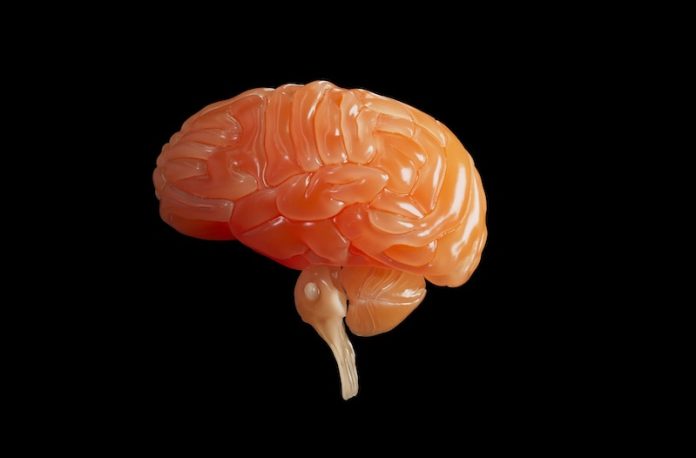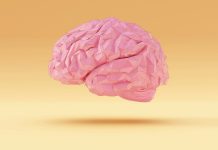
While previous research has linked fungi to chronic neurodegenerative conditions like Alzheimer’s disease, there has been limited understanding of the precise mechanisms involved in the development of these conditions.
A recent study conducted by researchers at Baylor College of Medicine, in collaboration with other institutions, sheds light on how the fungus Candida albicans enters the brain, triggers mechanisms that promote its clearance while generating toxic protein fragments known as amyloid beta-like peptides.
These findings offer new insights into the development of Alzheimer’s disease and its potential connection to common fungi.
Fungi’s Path to the Brain
The study aimed to unravel the journey of Candida albicans into the brain.
Researchers discovered that this fungus produces enzymes called secreted aspartic proteases (Saps) that break down the blood-brain barrier, granting the fungus access to the brain, where it causes damage.
This critical discovery unveils how C. albicans breaches the protective barrier of the brain.
Clearance Mechanisms Triggered by Fungi
The researchers also explored how the brain effectively clears the fungus. Previous studies had shown that a C. albicans brain infection resolves entirely in otherwise healthy mice within ten days.
The study now reveals that two distinct mechanisms are activated by the fungus in brain cells called microglia to achieve this clearance.
First, the same Saps responsible for breaking down the blood-brain barrier also break down the amyloid precursor protein into amyloid beta-like peptides (Ab-like peptides).
These peptides activate microglial brain cells through a cell surface receptor called Toll-like receptor 4, helping to keep the fungal load low in the brain. However, this mechanism does not completely clear the infection.
Second, Candida albicans produces a protein called candidalysin, which binds to microglia through a different receptor, CD11b.
Candidalysin-mediated activation of microglia is essential for effectively clearing the fungus from the brain. Disrupting this pathway impairs the clearance of the fungal infection.
A New Perspective on Alzheimer’s Disease
These findings introduce a novel perspective on the development of Alzheimer’s disease.
The prevalent theory attributes Alzheimer’s to the accumulation of toxic amyloid beta-like peptides in the brain, generated endogenously through the brain’s own proteases.
This study proposes an additional source for these peptides—C. albicans.
The fungus, commonly detected in the brains of individuals with Alzheimer’s and other neurodegenerative disorders, possesses proteases capable of generating the same toxic Ab-like peptides found in the brain.
The researchers suggest that the Ab-like peptide aggregates observed in neurodegenerative conditions like Alzheimer’s may originate from both the brain’s internal processes and the presence of Candida albicans.
These findings, derived from animal models, warrant further investigation into the role of C. albicans in Alzheimer’s disease development in humans. Such research may pave the way for innovative therapeutic strategies.
Conclusion
This study offers a deeper understanding of the relationship between fungi and the development of Alzheimer’s disease.
By uncovering the mechanisms through which Candida albicans enters the brain, triggers clearance mechanisms, and generates toxic protein fragments, researchers have illuminated a potential connection between common fungi and neurodegenerative conditions.
Further exploration of this link may lead to groundbreaking approaches to Alzheimer’s disease prevention and treatment.
If you care about Alzheimer’s, please read studies about the likely cause of Alzheimer’s disease , and new non-drug treatment that could help prevent Alzheimer’s.
For more information about brain health, please see recent studies about diet that may help prevent Alzheimer’s, and results showing some dementia cases could be prevented by changing these 12 things.
The research findings can be found in Cell Reports.
Follow us on Twitter for more articles about this topic.
Copyright © 2023 Knowridge Science Report. All rights reserved.



